Mark
Everyone knows who is the mule in the story.
In your last post to me, the first image's words are correctl... but you didn't look at the brush connection position on the commutator and see which coils are in contact/energized. That's why you misinterpreted the post.... And apparently, still doing it.
Be prepared to listen. We, as a team, tried to correct YOUR mistake at that time. I/we have been doing it for years and knew that to look at! Now I'm trying it one last time. Then I'm done trying to explain the timing to you.
Try the pairs winding 4 poles again. Then try the pairs winding 5 poles, anyway you like... Within our specs and/or stop confussing potential builders of asymmetric motors.
Midaz
Observation and Commonsense is the foundation of Science! Lucky is not Science.
Everyone knows who is the mule in the story.
In your last post to me, the first image's words are correctl... but you didn't look at the brush connection position on the commutator and see which coils are in contact/energized. That's why you misinterpreted the post.... And apparently, still doing it.
Be prepared to listen. We, as a team, tried to correct YOUR mistake at that time. I/we have been doing it for years and knew that to look at! Now I'm trying it one last time. Then I'm done trying to explain the timing to you.
Try the pairs winding 4 poles again. Then try the pairs winding 5 poles, anyway you like... Within our specs and/or stop confussing potential builders of asymmetric motors.
Midaz
Observation and Commonsense is the foundation of Science! Lucky is not Science.

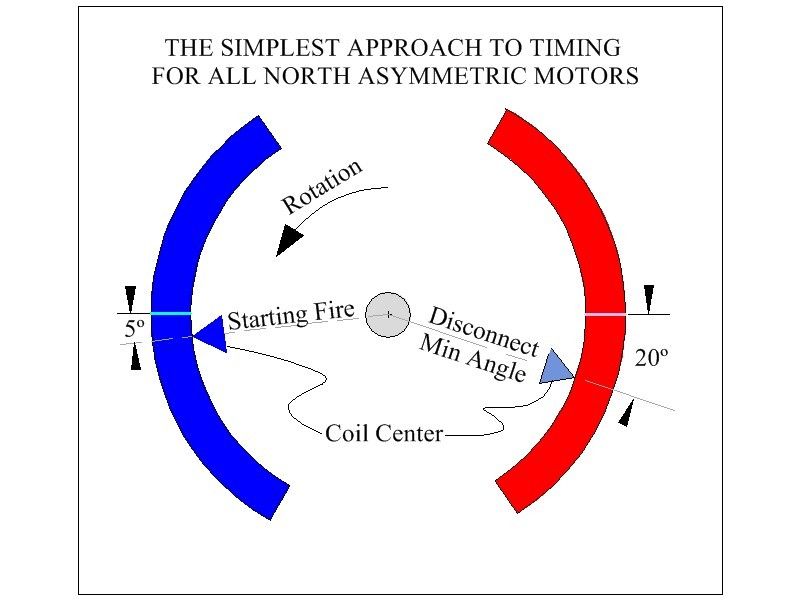


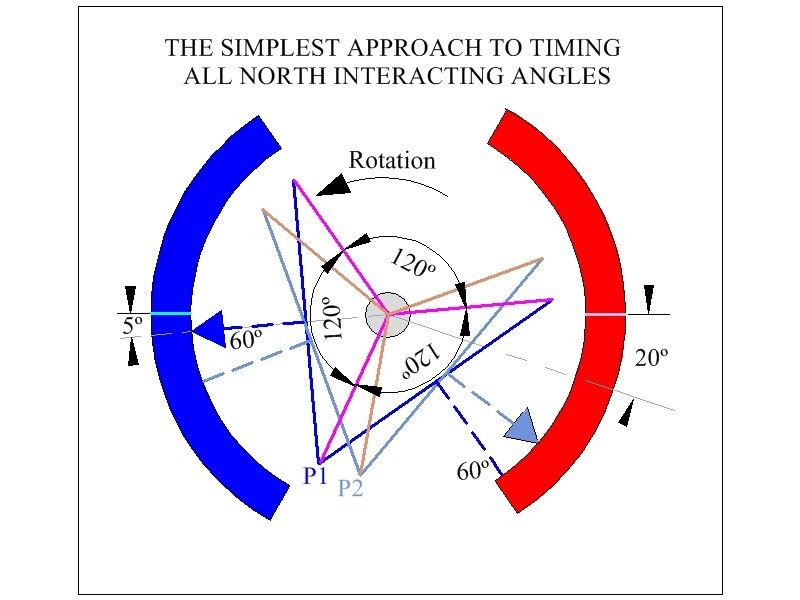


 ) image for your set-up of 12 poles rotor...
) image for your set-up of 12 poles rotor...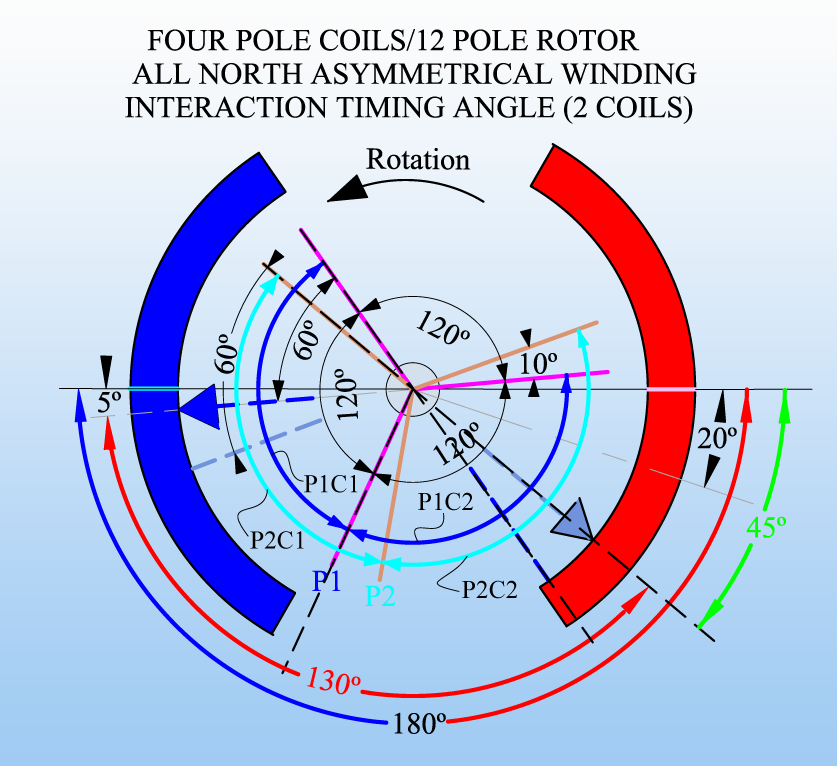
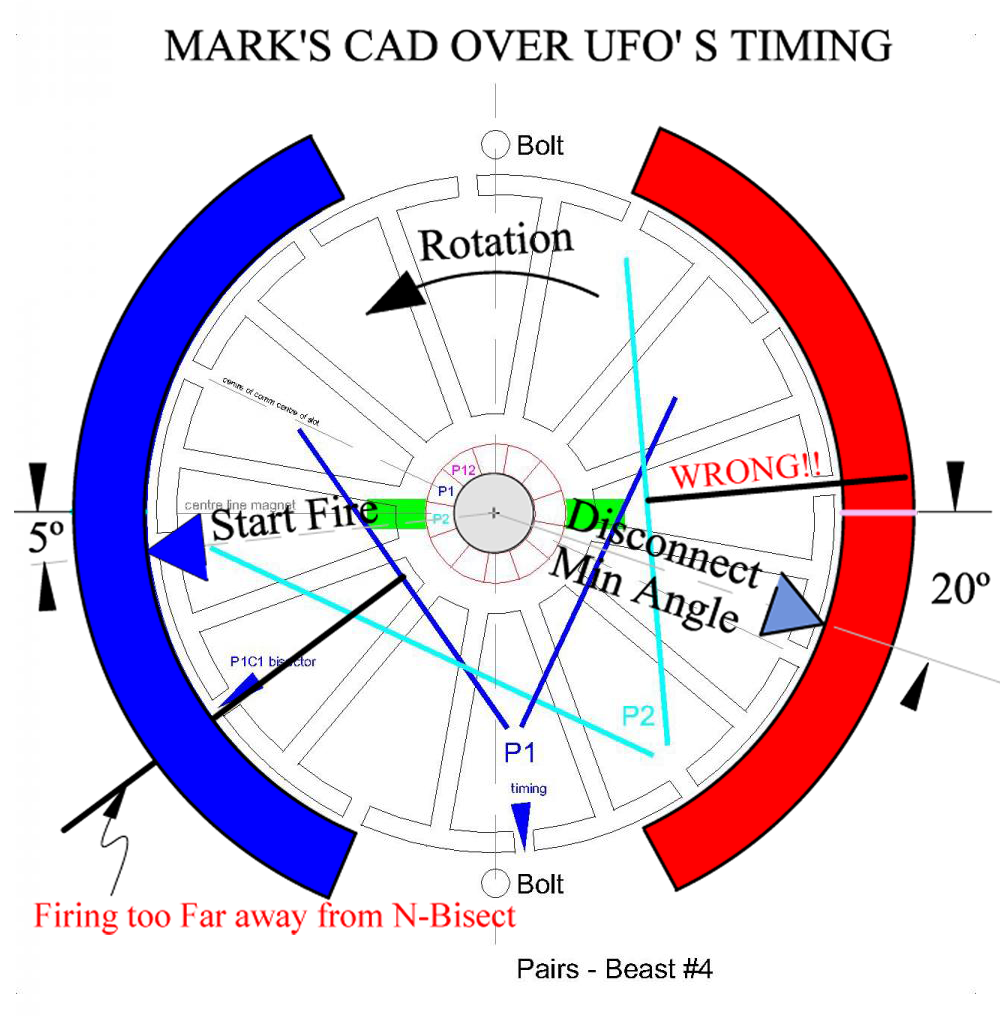
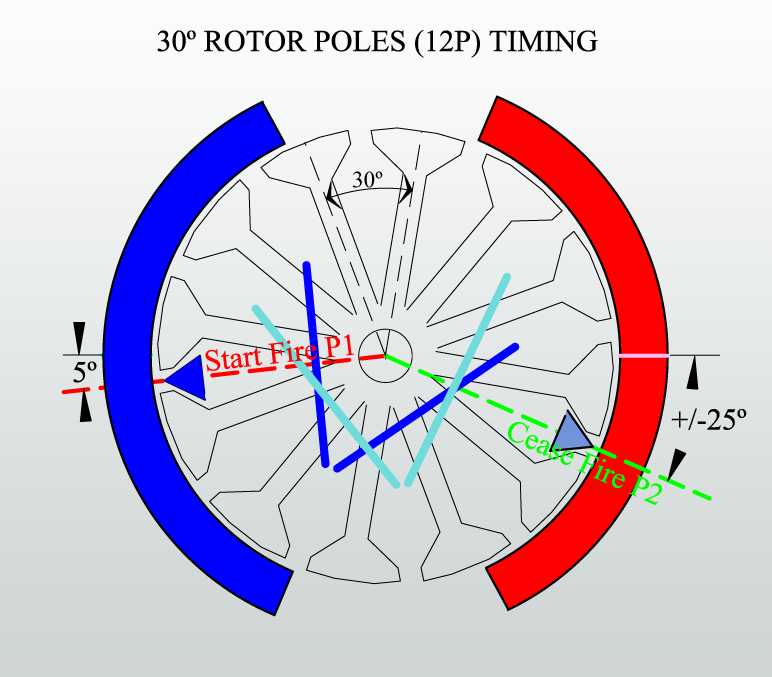
Comment